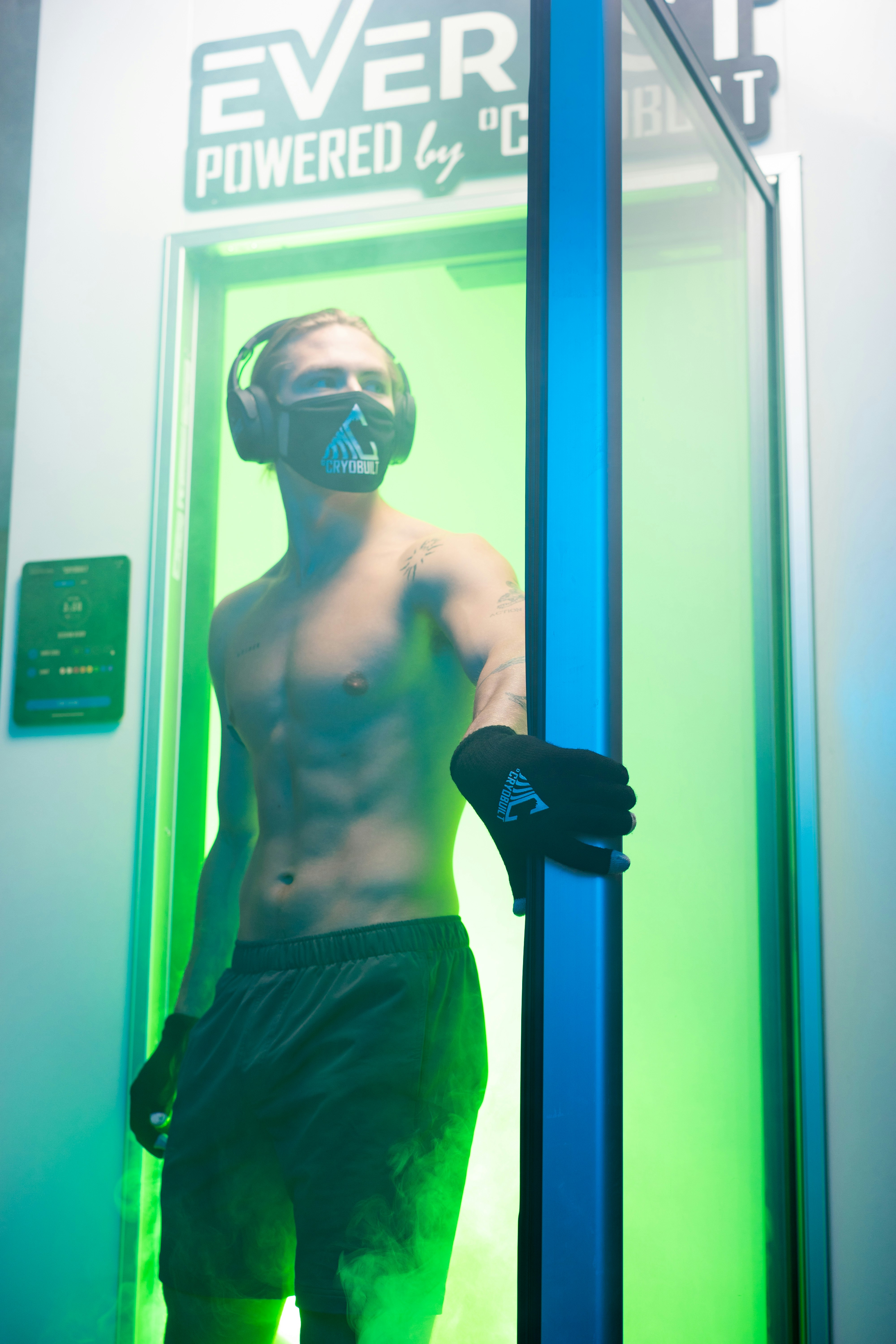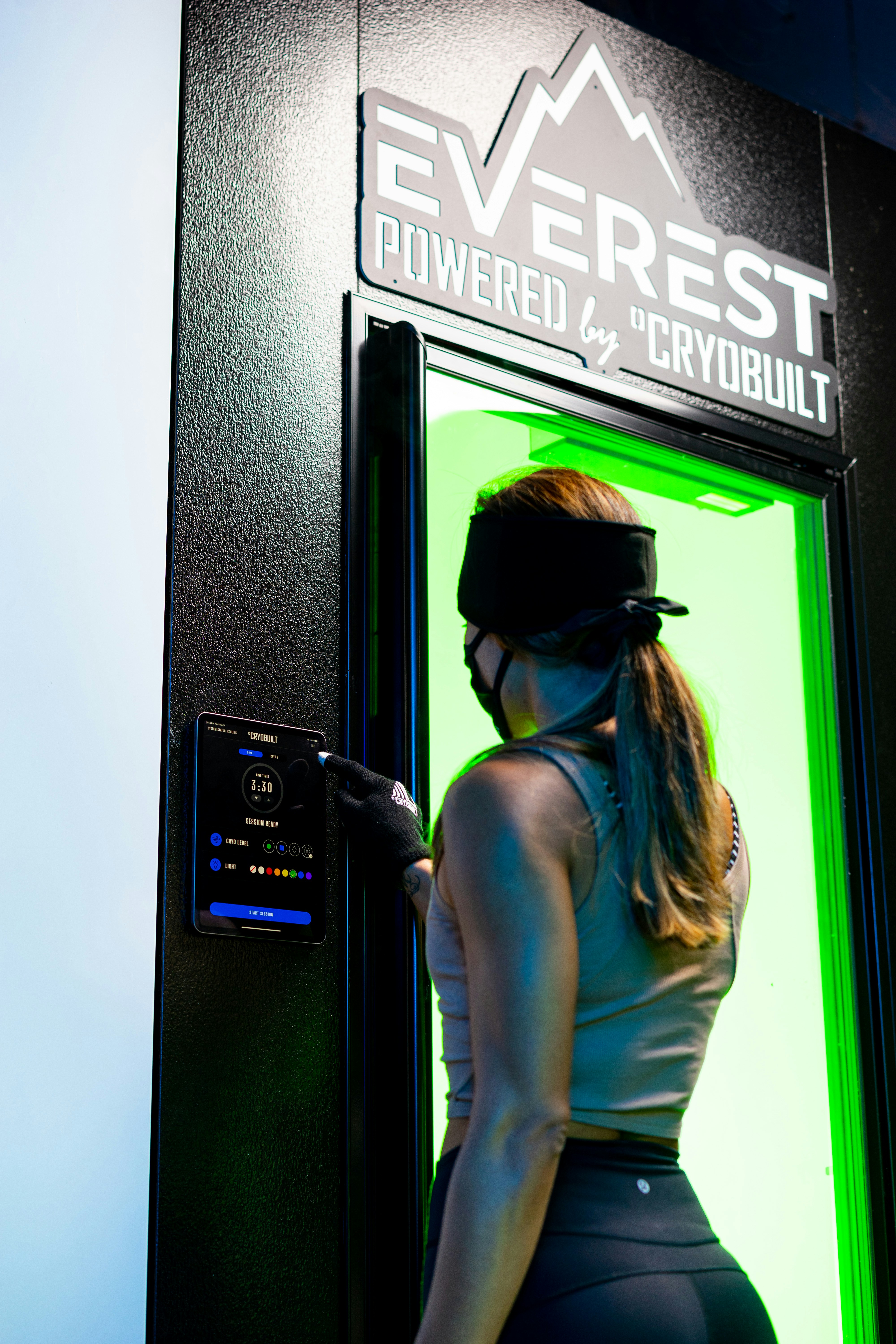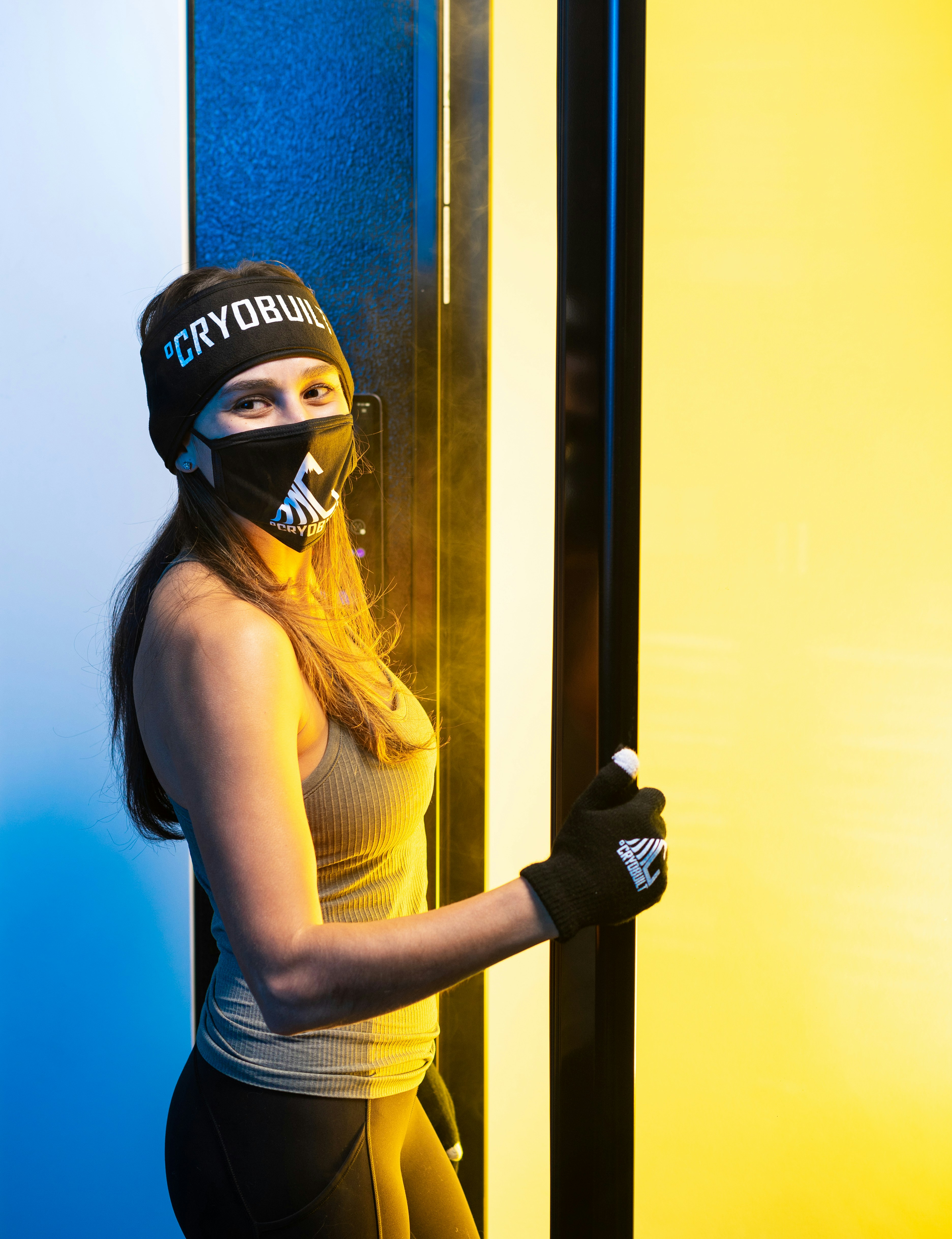Have you ever wondered how athletes maintain their peak performance or bounce back so quickly from injuries? It seems like they have some magic trick up their sleeves, but in reality, it’s a blend of advanced science and strategic techniques. One such fascinating technique is cold therapy, or cryotherapy, which has gained significant traction in the world of athletic injury prevention.
Understanding Cold Therapy
Cold therapy, often referred to as cryotherapy, involves applying cold to the body in various forms to aid in healing and injury prevention. From an ice pack pressed against a strained muscle to full-body immersion in icy water, cold therapy can take on many forms.
Origins and Evolution of Cryotherapy
Cryotherapy isn’t a new kid on the block; its roots go deep into ancient practices. Historically, people have been using cold as a therapeutic-agent for millennia. Known civilizations have leveraged snow and ice for its numbing and healing properties long before modern science offered an explanation.
The Science Behind Cold Therapy
The central principle of cold therapy lies in its ability to reduce tissue temperature. By cooling down an injured or stressed area, the therapy constricts blood vessels, which numbs pain and interrupts the inflammatory process. It’s like pressing a pause button on swelling, and in turn, allows for faster healing. Cooling down tissue can also reduce metabolic rates, allowing for reduced secondary tissue damage.
How Cold Therapy Works
The effectiveness of cold therapy is not just about feeling chilly; it encompasses a series of biological mechanisms aimed at aiding recovery.
Reducing Inflammation
After an injury, inflammation is the body’s natural response, a red alert sending an army of white blood cells to tackle the damage. However, too much inflammation can prolong pain and delay healing. By using cold therapy, you can manage this inflammation more effectively, ensuring your recovery doesn’t lag.
Alleviating Pain and Muscle Spasms
One of the immediate effects of cold application is pain relief. When applied, cold therapy numbs the nerve endings, acting almost like a natural anesthetic. Additionally, by reducing nerve activity, it lessens the likelihood of painful muscle spasms that often accompany injuries.
Promoting Faster Recovery
The positive effects of cryotherapy don’t just stop at inflammation and pain relief. By reducing inflammation and metabolic activity, cold therapy can accelerate tissue repair. This is essential for athletes, as it allows them to return to their routines swiftly without compromising their health.
Forms of Cold Therapy
In the world of sports and rehabilitation, cold therapy manifests in several forms, ensuring there’s an appropriate method for every situation.
Ice Packs and Gel Packs
Perhaps the most common and accessible form, ice packs are available in any household first aid kit. The direct application of ice packs on the injured site provides localized cold treatment that is convenient and effective for minor injuries.
Cold Water Immersion
Popularized by sports teams, cold water immersion (often referred to as “ice baths”) involves submerging the body in cold water to treat larger muscle groups and more significant pains. This form of therapy is especially favored post-intensive training sessions.
Cryotherapy Chambers
A more recent advancement in the field, whole-body cryotherapy chambers expose the body to extremely low temperatures for a brief period. This technique is hailed for its comprehensive benefits, ranging from enhanced recovery to improved psychological well-being.
The Benefits of Cold Therapy in Athletic Performance
Diving deeper, it’s worth exploring why athletes swear by cold therapy not just for injury management, but for boosting overall performance.
Enhanced Recovery for Performance
Athletes often walk a tightrope between pushing boundaries and risking injuries. Cold therapy aids in recovery, helping ward off potential injuries caused by overtraining. Regular sessions can be a preventive measure against both acute and chronic injuries.
Psychological Edge
Beyond the physical, there’s a mental component to recovery. Many athletes report improved mood and reduced perceptions of fatigue following cryotherapy sessions. The psychological boost can enhance an athlete’s confidence and readiness to face new challenges.
Muscle Maintenance and Injury Prevention
Maintaining muscle integrity is vital in performance sports. Regular use of cold therapy ensures that muscles don’t succumb to routine wear-and-tear, preferring prevention of microtears before they can develop into significant problems.
Reducing Delayed Onset Muscle Soreness (DOMS)
Any seasoned athlete knows the soreness that comes a day or two post-exercise. Known as DOMS, it can hamper performance training if not managed properly. Cold therapy is a trusted method to diminish the effects of DOMS and keep athletes in action.
Considerations and Precautions
While cold therapy presents clear benefits, it isn’t devoid of precautions. To maximize aid while avoiding potential pitfalls, consider a few guidelines.
Time and Temperature
Timing and temperature are the backbones of effective cold therapy. It’s vital to avoid excessive exposure to cold to prevent frostbite or nerve damage. Typically, 10 to 20 minutes per session is considered safe, with temperatures not dropping dangerously low.
| Cold Therapy Method | Recommended Time | Temperature Range |
|---|---|---|
| Ice Packs | 15-20 minutes | Cold but tolerable |
| Cold Water Immersion | 10-15 minutes | 50-59°F (10-15°C) |
| Cryo Chambers | 2-4 minutes | -200 to -300°F |
Ensuring Proper Technique
Applying cold therapy correctly is key. Always use a barrier like a cloth between ice and your skin to prevent direct contact injuries. For those new to cryotherapy chambers, seeking professional guidance is recommended.
Who Should Avoid Cold Therapy?
Cold therapy isn’t universally suitable. Individuals with conditions like Raynaud’s syndrome—a disorder that affects blood flow—should avoid it as cold can exacerbate symptoms. Similarly, those with cardiovascular conditions should consult with healthcare professionals before cryotherapy.
Integrating Cold Therapy into Your Routine
If you’re thinking about incorporating cold therapy into your athletic routine, the key is consistency. Establish a regimen that compliments your training plan and addresses your specific recovery needs.
Consult with Professionals
Engage with trainers or physiotherapists who understand your goals and can guide you on the most effective way to use cold therapy. They’ll tailor a routine suitable for your injuries or training schedules.
Balancing with Other Recovery Techniques
Cold therapy should be part of a holistic approach to recovery. Pair it with other methods like compression, stretching, and hydration to form a comprehensive recovery strategy.
Listening to Your Body
At the end of the day, knowing your body’s responses is crucial. Pay attention to how you feel post-therapy sessions. Are you recovering faster, or do you notice improvements in muscle soreness? Your experiences will reveal the efficacy of the practice to you.

The Future of Cold Therapy
As science progresses, advancements in cryotherapy bring better techniques and tools to the forefront.
Research and Innovations
Ongoing studies are exploring new benefits and fine-tuning methods to optimize outcomes further. Innovations could lead to personalized cryotherapy experiences, tailoring the approach to individual needs based on biology and physical demands.
Going Beyond Athletes
The appeal of cryotherapy is not just limited to athletes. With health and wellness at the forefront of many agendas, more individuals outside the professional sports realm are adopting cryotherapy for general well-being and mental health benefits.
Environment and Sustainability
As with any practice gaining widespread popularity, sustainability considerations come into play. Cryotherapy facilities are increasingly opting for environmentally friendly methods, using less energy-intensive systems to balance benefits with ecological consciousness.
Debunking Myths About Cold Therapy
As with many therapeutic practices, several myths surround cold therapy. Breaking them down can enrich your understanding and help you make informed decisions.
Myth: Cold Therapy Only Works Post-Injury
While highly effective in treating existing injuries, the real strength of cold therapy lies in its preventive measures. Regular sessions can forestall injuries by keeping inflammation and soreness under control.
Myth: All Cold Therapy Is the Same
Different cold therapy techniques serve distinct purposes. Ice packs are excellent for local pain, whereas full-body cryotherapy enhances overall athletic recovery.
Myth: Cold Therapy Can Replace Warm-ups
While cold therapy supports recovery, it doesn’t substitute the need for warm-ups and flexibility training. They work hand-in-hand to maximize performance and minimize injuries.

Conclusion
Cold therapy shines as a powerful tool in the athletic arsenal, harmonizing ancient practices with modern science to yield dramatic improvements in recovery and performance. For athletes committed to pushing the envelope, it offers an accessible, effective solution to mitigate injuries and optimize their physical capabilities. By understanding the nuanced mechanics and benefits of cold therapy, you’re one step closer to harnessing it to its full potential.
So, the next time you’re nursing that post-run ache or aiming to prevent the next big strain, think cold. Until medical science conjures up another miracle, cold therapy remains a champion of recovery in sports medicine.




